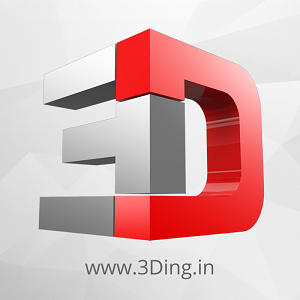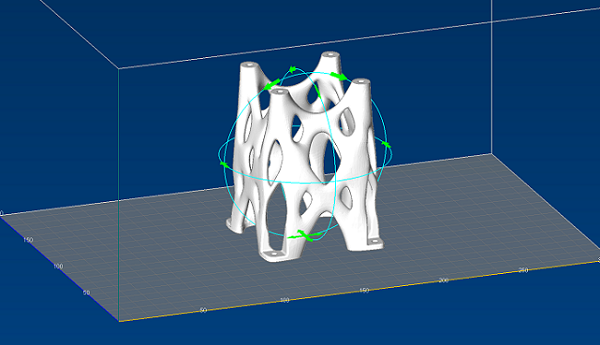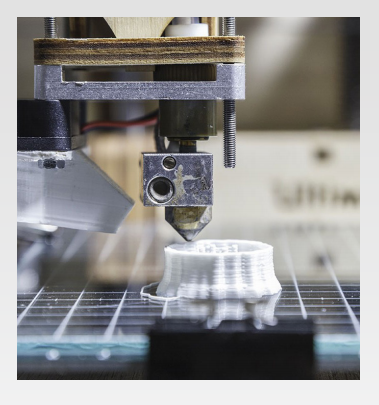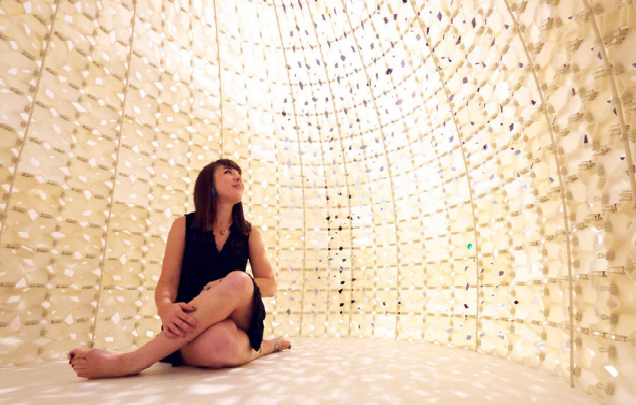We’ve got the details on two webinars and one virtual event in today’s roundup. 3Ding is hosting a series of webinars about 3D printing, while Rize published one focused on generative design. Finally, an interesting online event is coming up near the end of the week.
3DIng “Let’s Talk 3D Printing” Webinar
Indian company 3DIng manufactures and supplies 3D printers and 3D scanners, offers prototyping and professional 3D printing services, and during this time of COVID-19, is also holding a weekly webinar about 3D printing. Every Wednesday, the company hosts a remote session called “Let’s Talk 3D Printing” that focuses on a different topic. The series began in late March with “Applications in Rapid Prototyping, Rapid Tooling & Agile Manufacturing,” and has continued every week since. Surendranath Reddy, the company’s founder, CEO and CTO, leads the webinar sessions, along with another trainer named Praveen.
Once you register for the webinar, you’ll receive related handouts. Topics have ranged from SketchUp and OpenSCAD, slicing and scanning, and even an open Q&A with Reddy. This Wednesday, June 17, the topic will be a hands-on SketchUp workshop, and the topic for the June 24th session has not yet been announced.
Rize Webinar on Generative Design & 3D Printing
Boston-based additive manufacturing company Rize, which specializes in Augmented Polymer Deposition (APD) technology that allows for the easy snap-off release of supports, has published a free webinar, which is available to view on-demand, about how to seamlessly use additive manufacturing and generative design to achieve process innovation. The webinar, which lasts about 20 minutes, features Rize Applications Engineer Neil Foley, who tells viewers how the combination of these two technologies can make it possible to automate and optimize important parameters, like weight distribution and strength, and how to speed up the adoption of new design methodologies in order to “streamline design and production and scale the technology across your company.”
“One of the main challenges of additive manufacturing is that it is not safe and easy for all users. This limits the adoption of next-generation design tools, like generative design, which need early validation that is only possible with 3D printing. Furthermore, design validation requires multiple iterations and the ability to have full digital traceability of 3D printed parts to the original designs.”
Makerbot’s “The Future is Now” Virtual Summit
This Thursday, June 18th, desktop 3D printing company Makerbot is hosting an online event, entitled “The Future is Now, A Virtual 3D Printing Summit.” Over 2,000 people have already signed up, and several big industry names, including JABIL, Stratasys, Forbes, and Makelab, will be participating. The event will kick off at 10 am with remarks from Makerbot CEO Nadav Goshen, and a total of seven sessions will take place, on topics ranging from 3D printing in automotive production and robotics to supply chain automation and product design. After a brief period of virtual networking, the summit will conclude at 4 pm.
“Living in an era characterized by innovation and the rapid implementation of technologies, 3D printing has long passed its tipping point and is now impacting almost every industry globally. With this additive manufacturing revolution well underway, we want to hear directly from the leaders and innovators that are shaping the world with 3D printing.”
Register for the free virtual summit here.
Will you attend any of these events and webinars, or have news to share about future ones? Let us know! Discuss this and other 3D printing topics at 3DPrintBoard.com or share your thoughts in the Facebook comments below.
The post 3D Printing Webinar and Virtual Event Roundup, June 16, 2020 appeared first on 3DPrint.com | The Voice of 3D Printing / Additive Manufacturing.









